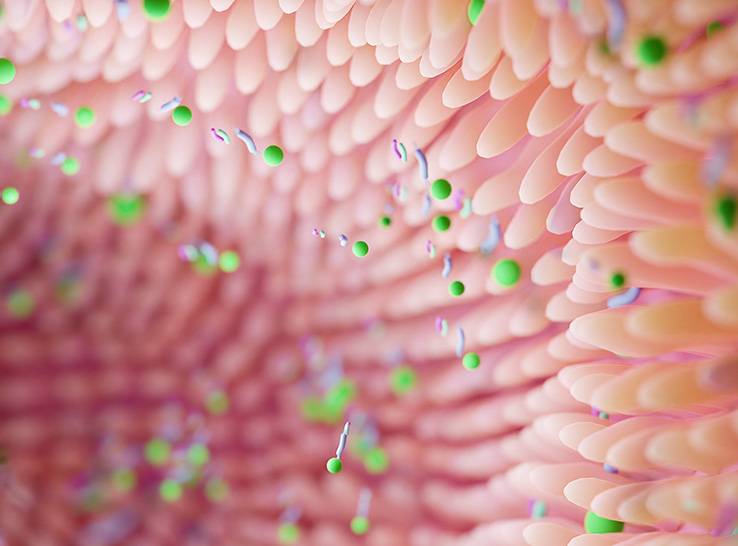Saponins have become an increasingly common additive in poultry diets over the past decade, thanks to their potential to support bird health and reduce emissions.
However, with an increasing number of feed manufacturers adopting saponins in poultry diets, it’s crucial for producers to carefully select the right saponins to maximize benefits for their flocks.
Understanding saponins
Saponins are phytogenic compounds derived from plants such as yucca (Yucca schidgera) and soap tree bark (Quillaja saponaria), a tree native to Chile.
When added to poultry feed, saponins can offer a variety of benefits that can support poultry health and performance. Despite their similar activities, the chemical structures of saponins vary, which is believed to influence their impacts.
Research has shown saponin feed additives derived from soap tree bark, for example, have considerable potential in providing support against microbial challenges.[1] They have also been linked to reduced ammonia emissions and increased feed conversion in poultry flocks.
Selecting the right saponin
Megan Koppen, technical service manager at Cargill, said it’s important that the choice of saponins aligns with a producer’s goals. For instance, if the objective is to improve the feed-conversion rate (FCR), quillaja is the preferred option, she explained.
Koppen said producers need to understand the source of saponin, the inclusion rate and the form in which it is included in the feed, as these factors significantly affect its impact.
“We have over 30 years of experience in harvesting quillaja, ensuring control over the source and consistent quality of the product.
“It may be economically appealing to opt for a cheaper product, but you may not get the same performance,” she added. “My advice is to be aware of what each saponin does and choose the right one based on your needs.”
Research insights
While research into why saponins perform in different ways is ongoing, Cargill research has found significant differences between yucca and quillaja saponins, with quillaja showing notable benefits.
In a study, four feed treatments were fed to 308 male broilers over 42 days to measure feed intake, bodyweight, FCR and ammonia emissions. The treatments included a control group (C), a diet including 0.5 pounds per ton yucca bark (Y), a diet with 0.25 pounds per ton yucca bark and 0.25 pounds per ton quillaja bark (YQ), and a diet with 0.5 pounds per ton quillaja bark (Q).
The results demonstrated that quillaja fed either alone or in combination with yucca significantly reduced ammonia (NH3) emissions and improved the FCR compared to yucca alone, whose effects were less pronounced and not statistically significant from the control.
Table 1 Impact of treatments on production performance and ammonia emissions
| Treatment | C | Y | YQ | Q |
| Bodyweight lb | 6.24 | 6.47 | 6.4 | 6.37 |
| Feed intake lb/d | 0.242 | 0.246 | 0.242 | 0.24 |
| Feed-conversion ratio | 1.675 | 1.646 | 1.631* | 1.630* |
| NH3 emission | 153.9a | 140.2 ab | 127.4b | 132.3b |
* P-value indicates statistically significant difference to the control
ab Different subscripts indicate statistically significant difference to the control
“These findings support our choice of quillaja in several of our products and highlight the need for further exploration into the diverse effects of saponins and the importance of understanding their structural differences,” Koppen said.
“As research continues to evolve, it becomes evident that not all saponins are equal, and their chemical structures play a critical role in their effectiveness.
“It’s important for producers to carefully select saponin sources based on their specific needs and to be wary of cheaper, potentially less effective products.
“Choosing the right saponin product can lead to better poultry performance and reduced environmental impact,” she added.
1 Cheeke PR. Applications of saponins as feed additives in poultry production. 2009
Editor’s note: Content on Modern Poultry’s Industry Insights pages is provided and/or commissioned by our sponsors, who assume full responsibility for its accuracy and compliance.








